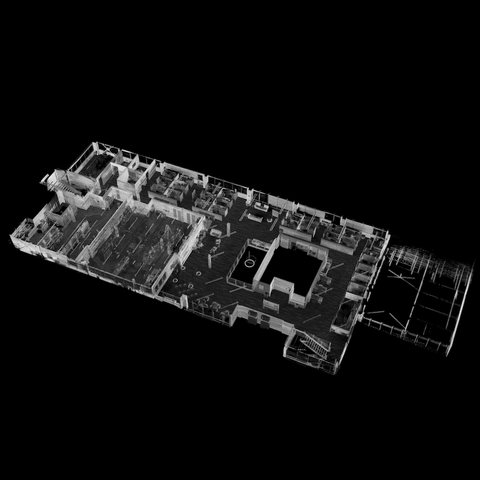
If first responders knew what the inside of a building looked like before arriving at an emergency, they could save time, property and lives. Here at NIST, researchers are investigating whether 3D mapping technology could provide that critical situational awareness.
Light Detection and Ranging (lidar) is a method of building out 3D maps to help public safety with pre-incident planning. Similar to radar, lidar uses pulses of laser light to measure distances instead of radio signals. The light reflections form point clouds — a collection of data points in space — that we can use to construct a 3D model of a building.
First responders could use the resulting data for realistic training scenarios in virtual reality, turn-by-turn navigation through a building, or maps for indoor tracking systems. That’s cutting-edge technology to plan for critical circumstances.
Follow us on social media for more like this from all across NIST!

